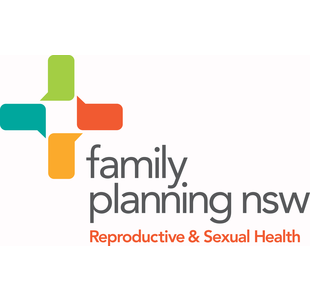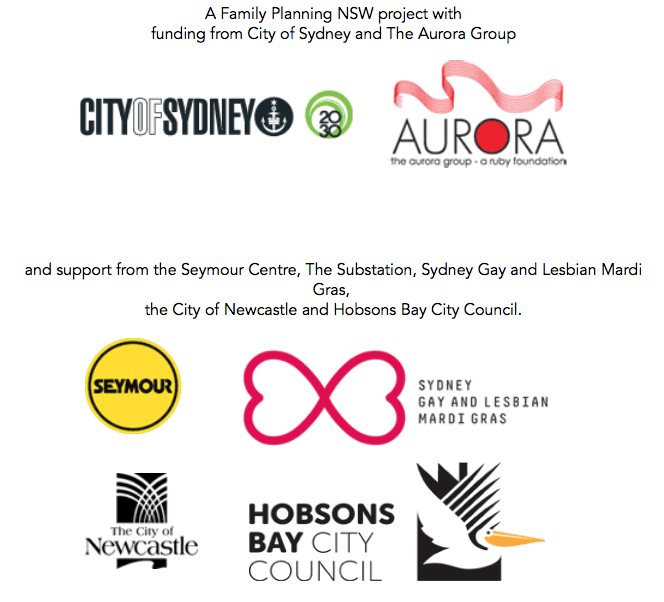All content on this website and the projects connected to Blur Projects are subject to copyright. Permission to use any content for any purpose including academic research must be sought in writing to prevent any breach of copyright.
Lesbian, gay, bisexual, transgender, intersex and queer (LGBTIQ) people with disability are often excluded from both disability and LGBTIQ communities. They can face multiple discriminations that can inhibit their ability to experience sexuality, sex and gender as positive aspects of their lives. ‘Outing Disability‘ encourages you to reflect on your attitudes and assumptions about the sexuality, sex and gender of people with disability. You are invited to consider how we as individuals and as a community can work to become more inclusive and uphold the sexual rights of LGBTIQ people with disability.
The Outing Disability project was led by Family Planning NSW, who continue to use this work as an education tool to create community engagement. Developed in collaboration with internationally acclaimed photographer, Belinda Mason, Outing Disability is an intimate portrait series which takes the viewer on a journey into the lives of lesbian, gay, bisexual, transgender, intersex and queer (LGBTIQ) people with disability. Each person experience is different, there are stories of coming out, transitioning, dating, and finding acceptance in a world that often makes invisible, the sexuality of people with disability.
Outing Disability premiered at the Sydney Mardi Gras in February 2014 and went on to be exhibited at the Newcastle Regional Library in New South Wales in May 2015. The exhibition was shown at The Substation as part of the celebrations of International Day of People Disability in December 2015 with support of the Hobsons Bay Council. In January 2016 the exhibition is a part of the Melbourne Midsumma Festival and will be exhibited at the Footscray Library with the support of the Maribyrnong City Council.
“My work focuses on creating platforms for people who experience multiple discriminations. The power of their stories, and their portraits becoming a part of our visual landscape is integral in ensuring misconceptions and stereotypes are shattered. The portraits are all printed on larger than life mirror panels, which are not easy to see, in fact it takes a bit of time to aline yourself with the image so that you can see it, and when you do, what you also see, is a reflection of yourself. Art often imitates life, and in doing so, we need to take time to think and challenge our own perceptions, rather than challenge someone else’s lived-experience. The images of Outing Disability are printed on 1.6 metre high mirrored panels. To see the image clearly you need to take your time and move around the image until it appears clearly in front of you. This process is a reflection of the time that people should take to look beyond their own misconceptions about other people and discover the person within. When you can see the image clearly you catch glimpses of your own reflection. This also mirrors the journey of understanding and empathy when we feel a connection to another person’s story, often because somewhere in their story we find part or a glimpse of our own. My intent is to engage the viewer to discover our similarities rather than our differences. Through our similarities, a greater understanding of our differences can, I hope, create a more tolerant environment.”
– Photographer, Belinda Mason
“These portraits and their accompanying stories challenge assumptions about people with disability, especially that people with disability cannot openly express their sexuality and pursue healthy sexual lives. The exhibition has been a really liberating and empowering experience for many of the participants. The opportunity to present oneself to the world as who you really are is incredibly powerful, and should be everyone’s right.”
– Rob Hardy, Manager Health Promotion, Family Planning NSW

